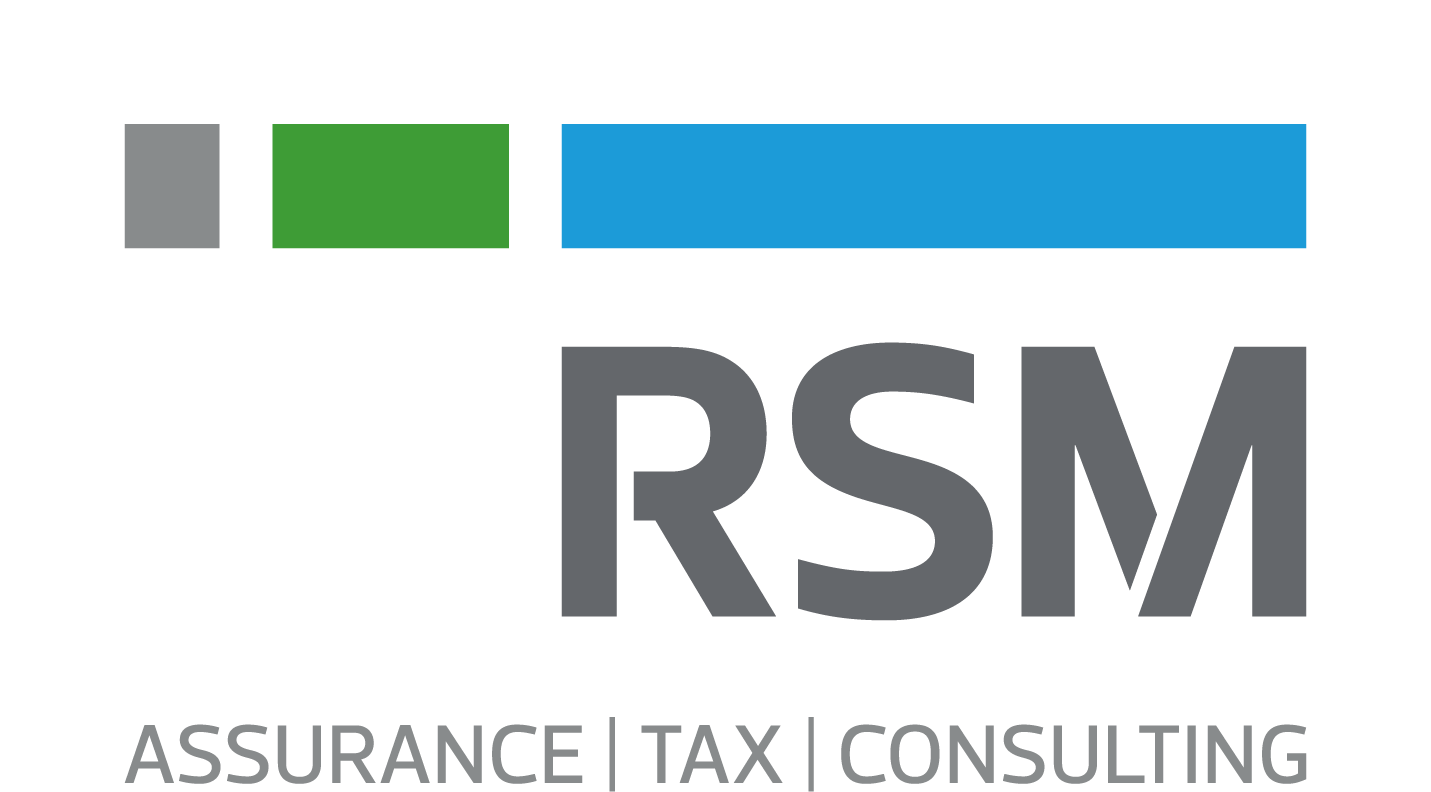Climate change and environmental degradation are among the most pressing challenges of our time. In response, the EU has introduced an ambitious package of initiatives, known as the Green Deal, to achieve climate neutrality by 2050. A key aspect of this plan is the energy transition, which involves shifting from fossil fuels to renewable energy sources. While many positive and necessary energy-related developments have been made in recent years, new challenges have also emerged.
RSM has conducted research on the energy transition within the European Union with a focus on how companies could deal with grid congestion. For more information on our research, we refer to the following link where the detailed report can be downloaded: The EU Energy Transition.
We will elaborate on this report in more detail. For instance, grid congestion is currently one of the key challenges for companies wanting to establish or expand their business in the Netherlands, as well as other European countries. The report also discusses net-zero targets, the role of different energy sources, challenges for companies, and the EU policy framework. Additionally, we provide various recommendations on how companies can navigate the energy transition successfully.
In our previous article “The Impact of the Energy Transition for your Business”, we discussed the Dutch political landscape, the energy transition, the need for a transition, and the challenges caused by grid congestion. As a reminder, grid congestion occurs when more electricity needs to be transmitted than the grid can handle at a given moment, resulting in a ‘full’ grid. Grid congestion has led to significant waiting lists for obtaining and/or expanding electricity installations for companies, currently impacting approximately 10,000 companies in the Netherlands.
Grid congestion can significantly affect companies’ operations, financial stability, and future growth prospects. Grid operators are expanding the grid and have already installed thousands of kilometers of new cables. However, expansion is progressing slowly, and the grid continues to struggle. Companies can also contribute to reducing grid congestion in various ways. Besides the fact that they will need to address their energy requirement issues to continue functioning properly, these measures also provide new opportunities for companies.
What can companies do?
Competitors are facing the same issues, so the way in which companies build resilience into their supply chains can form a competitive advantage for years to come. There are several strategic measures companies can take:
- Energy Storage: To shortly refer to our previous article, excess energy produced can be stored for later use, ensuring it does not overload the electric grid. Stored energy can help avoid peak usage times. The most common form of energy storage is battery storage, with options like lead-acid, lithium-ion, and saltwater batteries available. Energy can also be stored thermally by heating water in a buffer tank for later use, reducing the need for high output from systems like heat pumps. Another thermal storage method is heat and cold storage, which requires tapping into wells.
- Reduce energy usage: Implementing energy management and energy-saving strategies can significantly reduce energy consumption. Gaining insight into current energy usage is the first step, followed by actively managing it to prevent inefficiencies. Additionally, various energy-saving measures can further reduce consumption. For example, insulating or re-insulating buildings and installing sustainable systems like heat pumps or solar panels can make a significant difference. When generating your own power with solar panels, it is crucial to align energy usage with generation, such as by charging an electric car during the day using self-generated power. Companies could, for example, optimise manufacturing processes or charging schedules for electric delivery trucks, to use less energy. The key in these optimizations is to accurately represent and quantify all factors that are important to your business, including costs, objectives and risks.
- Congestion Management: Congestion management improves the distribution of the limited capacity on the electricity grid by coordinating electricity supply and demand with consumers and producers. Participants receive financial compensation for adjusting their energy usage or supply according to the grid’s needs. During high demand periods, involved consumers will reduce their electricity usage. This approach is particularly beneficial for companies like horticulturists or farmers with significant solar panel installations, or companies with adjustable energy consumption or feed-in capabilities.
- Invest in alternative energy sources: Companies may choose to lower their dependency on electricity as a power source. Although no power source is without disadvantages, a well-balanced mix of energy sources may be the best mitigation strategy against volatility. This is especially relevant for logistical operations where power outages are costly, such as (semi-)automated warehouses. Affected companies could consider investing in biofuel or hydrogen-powered machinery.
- Virtual power grid: Creating a virtual power grid involves generating your own energy, storing it and using it when needed. This can be done individually or as a shared energy supply. When renewable energy is insufficient, a gas generator can supplement it, and excess renewable energy can be stored for future use. The virtual power grid can also be shared with local companies facing grid congestion, allowing them to match their energy supply and demand. For instance, one company might generate a large amount of energy during the day that a neighbouring company can use.
- Collaborate locally: Alternatively, companies may collaborate with each other to create a shared virtual power grid. Companies can share their electricity installation to align supply and demand better locally by forming an energy hub. When one company has excess electricity, it can make it available for another company in the energy hub. In this way, less pressure is exerted on the electric grid, as only excesses that cannot be buffered within the hub are sent back to the grid. Hence, companies can contribute to solving grid congestion by building these sustainable partnerships.
- Re-optimise network design: Logistics network designs are likely optimised for factors such as real estate expense, proximity to suppliers/customers and availability of warehouse space. It is likely that grid congestion changed your optimal warehouse location. Network designs should now take factors like renewable energy supply and energy stability into account. Therefore, it may be worthwhile to investigate whether your logistics network is still optimally configured.
Forward thinking
Overall, it is important that companies review the position of their supply chain regarding the risks and costs associated with grid congestion. The final aim should be to minimise risk to companies’ operations and to invest in a stable future energy supply.
Significant efforts are undertaken to transition to a more sustainable energy system. Although these developments are positive and necessary, they pose serious challenges for governments, companies and society as a whole. Companies may also view this new business environment as an opportunity to enhance efficiency, pursue renewable energy sources, build resilience into their supply chains, and increase attractiveness to investors and other funding sources.
To learn more about the energy transition and its impact on businesses in the EU, please refer to our report “The EU Energy Transition: What challenges do businesses face during the transformation towards sustainable energy?”. In this report we discuss net-zero targets, the role of different energy sources, challenges for companies, and the EU policy framework. Additionally, we provide various recommendations on how companies can navigate the energy transition successfully.
Mario van den Broek, Partner RSM Netherlands




